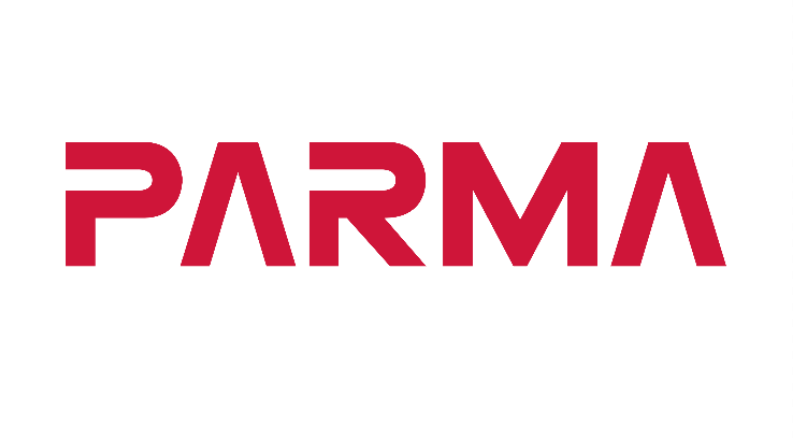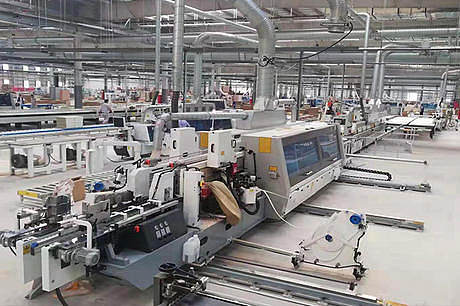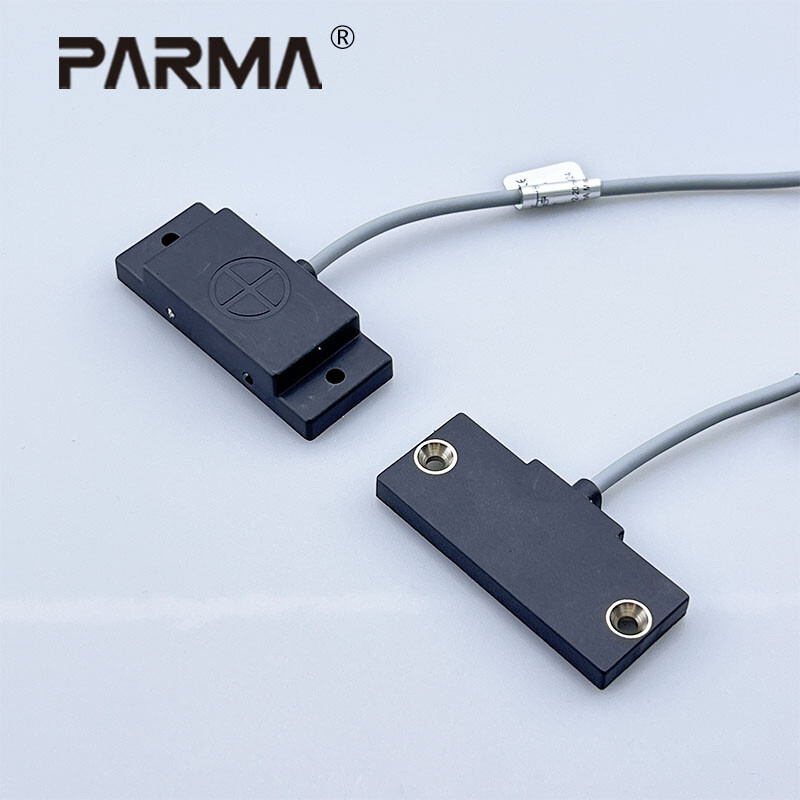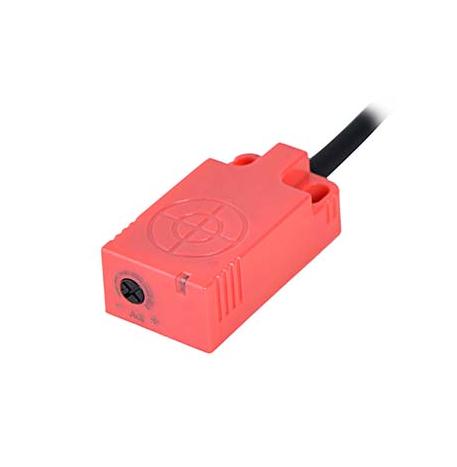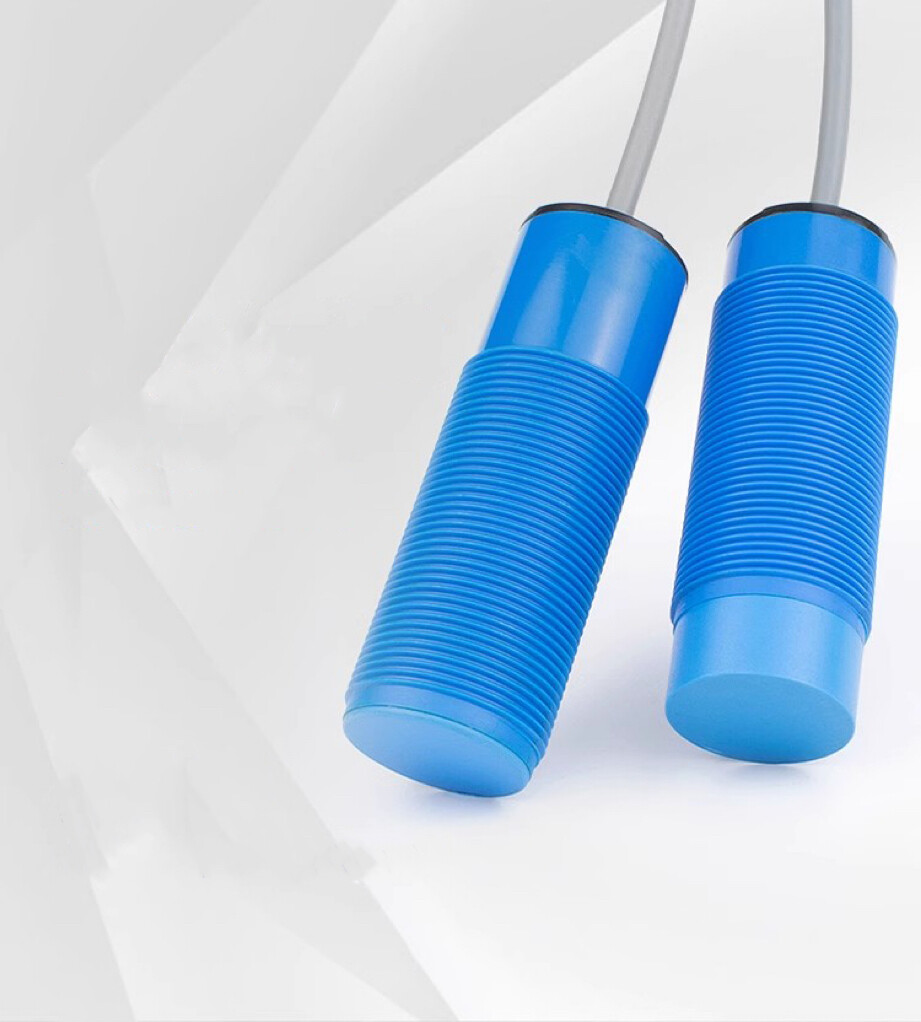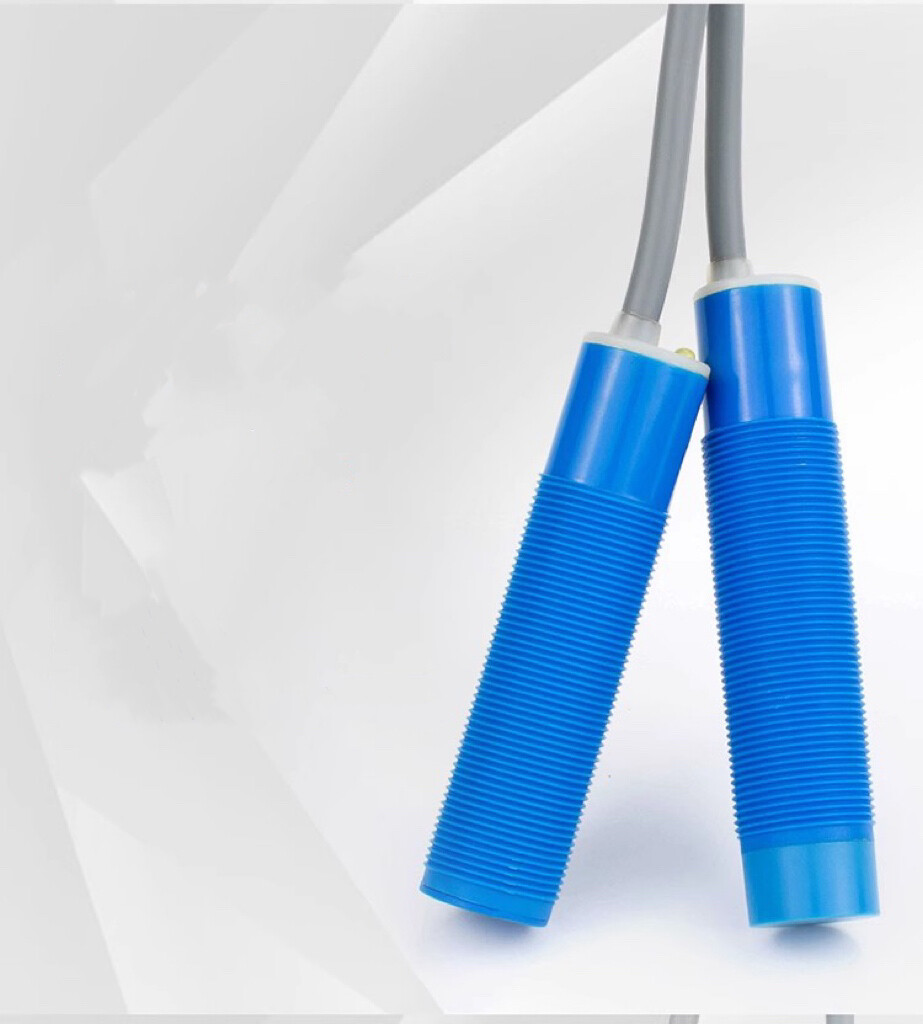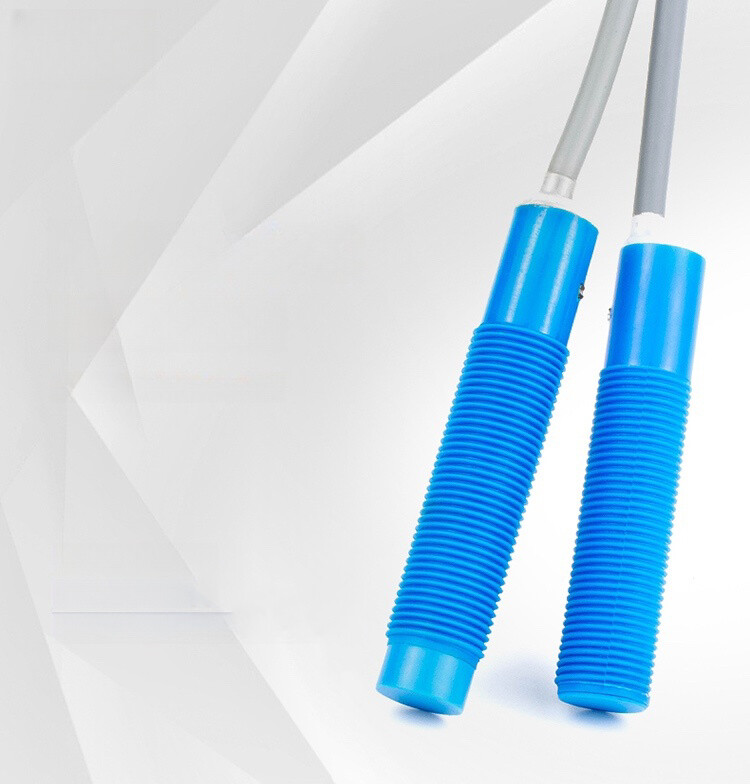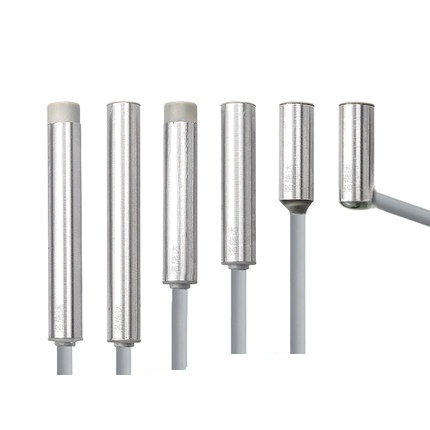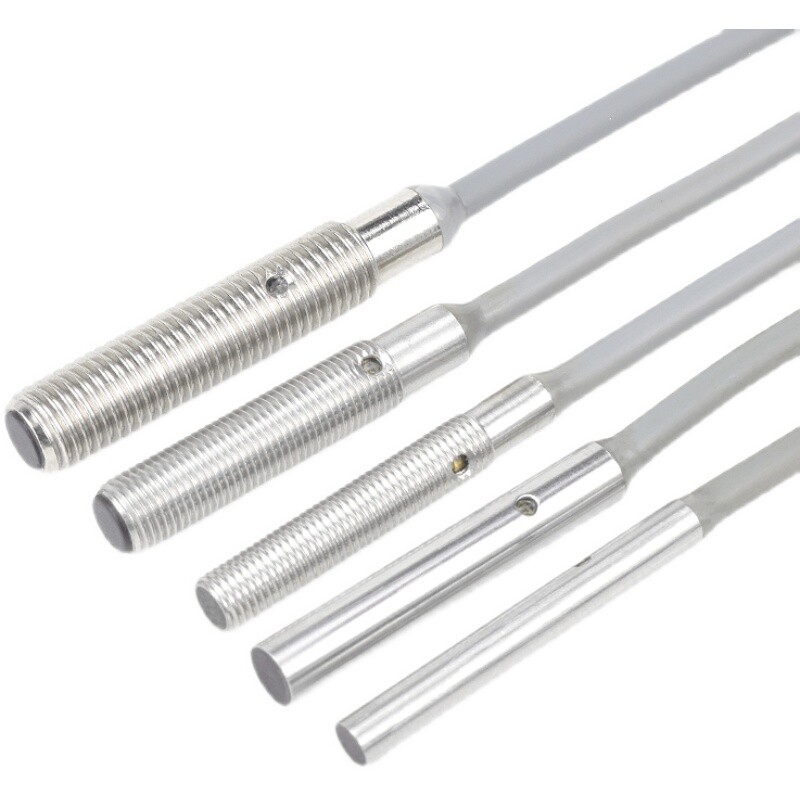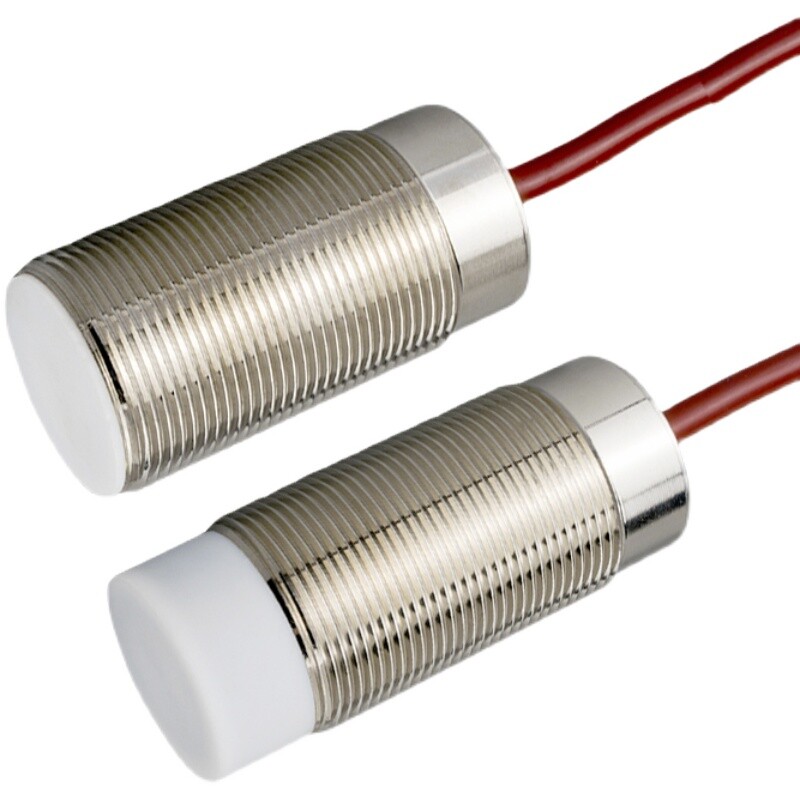
About JunCheng
Since its establishment, Juncheng Intelligence has maintained long-term strategic cooperation with many scientific research institutes and has accumulated a group of experienced R&D personnel to create various sensor solutions for industrial automation. From product development to after-sales service, Juncheng has always been committed to using rich industry experience and professional technology to create the best sensor products and solutions.
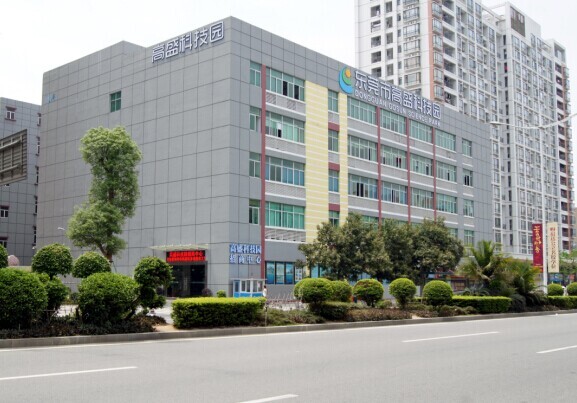
Application Industry
Technological Development Stages of Sensors
Structural sensor stage---
Before the 1960s, structural sensors were mainly used, which utilized changes in structural parameters to sense and transform signals.
Solid-state sensor stage---
It began to develop in the 1970s and is composed of solid components such as semiconductors, dielectrics, and magnetic materials. It has the characteristics of low cost and high reliability.
Smart Sensor Phase---
It began to develop in the 1980s and combined with microcomputer technology, it has functions such as self-diagnosis and multi-parameter measurement.
About our products
 CQ17 Standard capacitive proximityREAD MORE
CQ17 Standard capacitive proximityREAD MORE CQ17 Standard capacitive proximityREAD MORE
CQ17 Standard capacitive proximityREAD MORE CM30 Standard capacitive proximityREAD MORE
CM30 Standard capacitive proximityREAD MORE CM18 Standard capacitive proximityREAD MORE
CM18 Standard capacitive proximityREAD MORE CM12 Standard capacitive proximityREAD MORE
CM12 Standard capacitive proximityREAD MORE DMB6.5 Ultra small proximity sensorREAD MORE
DMB6.5 Ultra small proximity sensorREAD MORE DMB Ultra small proximity sensorREAD MORE
DMB Ultra small proximity sensorREAD MORE DMT30 High temperature resistant inductive proximity sensorREAD MORE
DMT30 High temperature resistant inductive proximity sensorREAD MORE
FAQ
Q1:Why are the readings inaccurate?
A: It may be due to sensor aging, dirt accumulation, environmental interference or improper calibration. Solutions include cleaning the sensor, checking and recalibrating, and replacing the sensor if necessary.
Slow response time: This may be due to the sensor's thermal inertia, material properties, or improper installation position. The solution is to choose a sensor with a faster response time or optimize the installation position.
Q2:What should I do if the output signal is unstable? ?
A: It may be due to electromagnetic interference, unstable power supply or internal fault of the sensor. The solution is to use shielded cable, ensure stable power supply and check the internal circuit of the sensor.
Q3: What to do if you are overheated or damp
A: It may be due to high ambient temperature, poor heat dissipation or high humidity. The solution is to improve the heat dissipation conditions and use moisture-proof measures.
Q4. Why the accuracy is reduced?
A:It may be due to long-term exposure to extreme conditions or sensor aging. The solution is to calibrate the sensor regularly or replace it with a new one.
Q5. What to do if the connection is not good
A: It may be due to cable damage, poor contact or connector corrosion. The solution is to check and repair the cable to ensure the reliability of the connection.
What should I pay attention to when selecting sensors?
1) Sensitivity: The range of the sensor is closely related to the sensitivity. The higher the sensitivity of the sensor, the better. It should be selected according to the requirements of the measurement.
2) Linear range: To ensure measurement accuracy, the sensor must operate within the linear region.
3) Response characteristics: The response characteristics of the sensor must be kept as undistorted as possible within the measured frequency range. However, there is always a delay in the response of the actual sensor, and the shorter the delay time, the better.
4) Stability: The performance of the output characteristics not changing after long-term use. In order to ensure stability, before selecting the sensor, the use environment should be investigated to select the appropriate sensor type.
5) Accuracy: Indicates the degree of correspondence between the output of the sensor and the measured value. The higher the accuracy of the sensor, the better, because economic efficiency must also be taken into consideration.
6) Accuracy: Indicates the degree of correspondence between the output of the sensor and the measured value. The higher the accuracy of the sensor, the better, because economic efficiency must also be taken into consideration.
Search from here
Get Free Quotes
